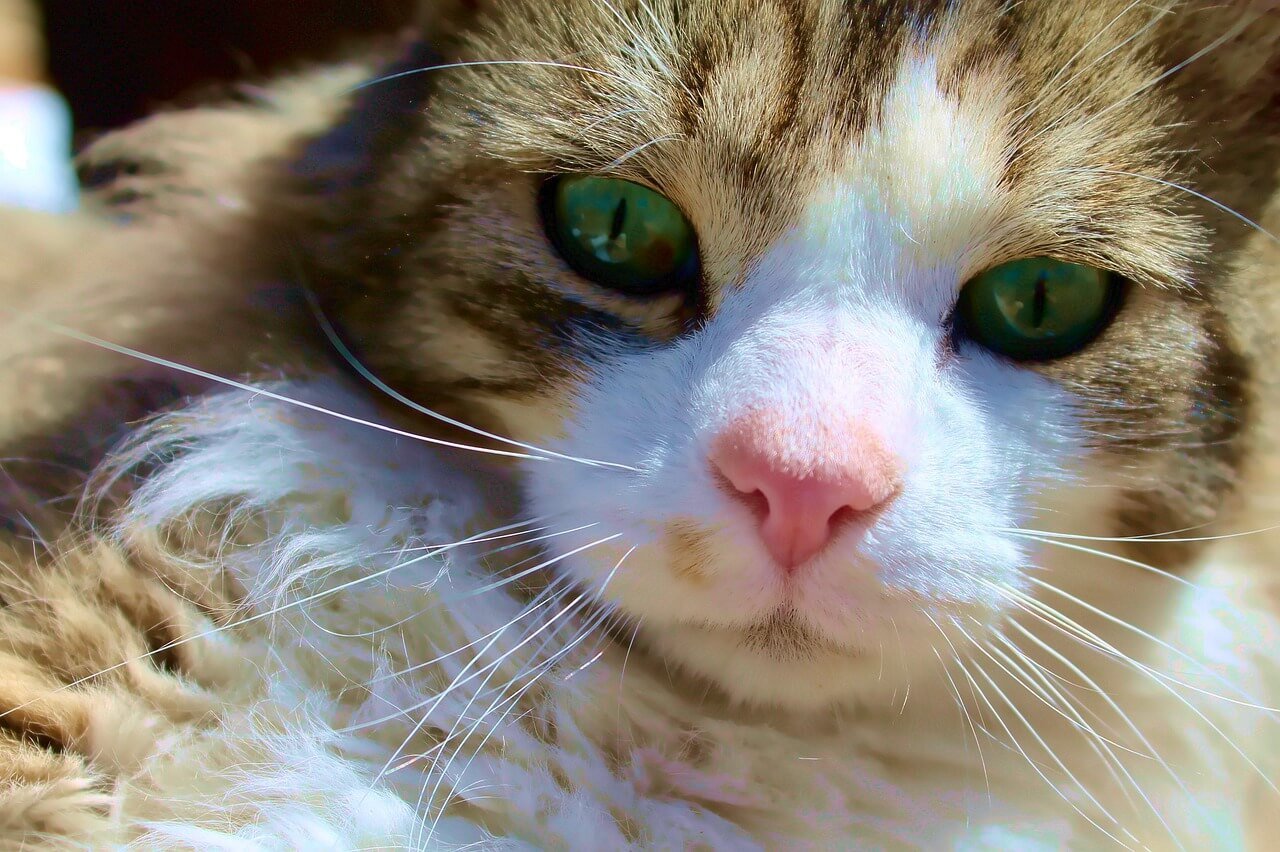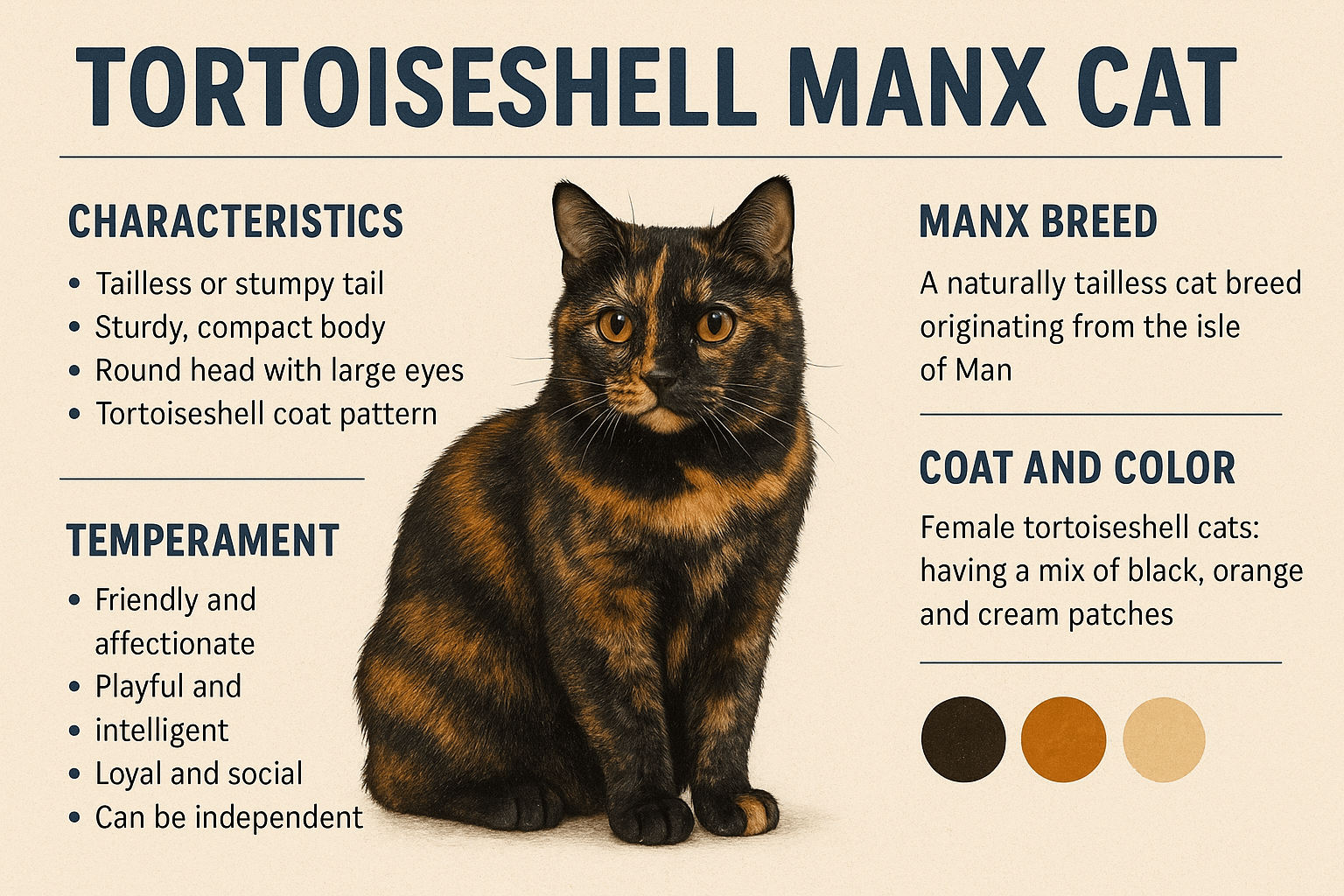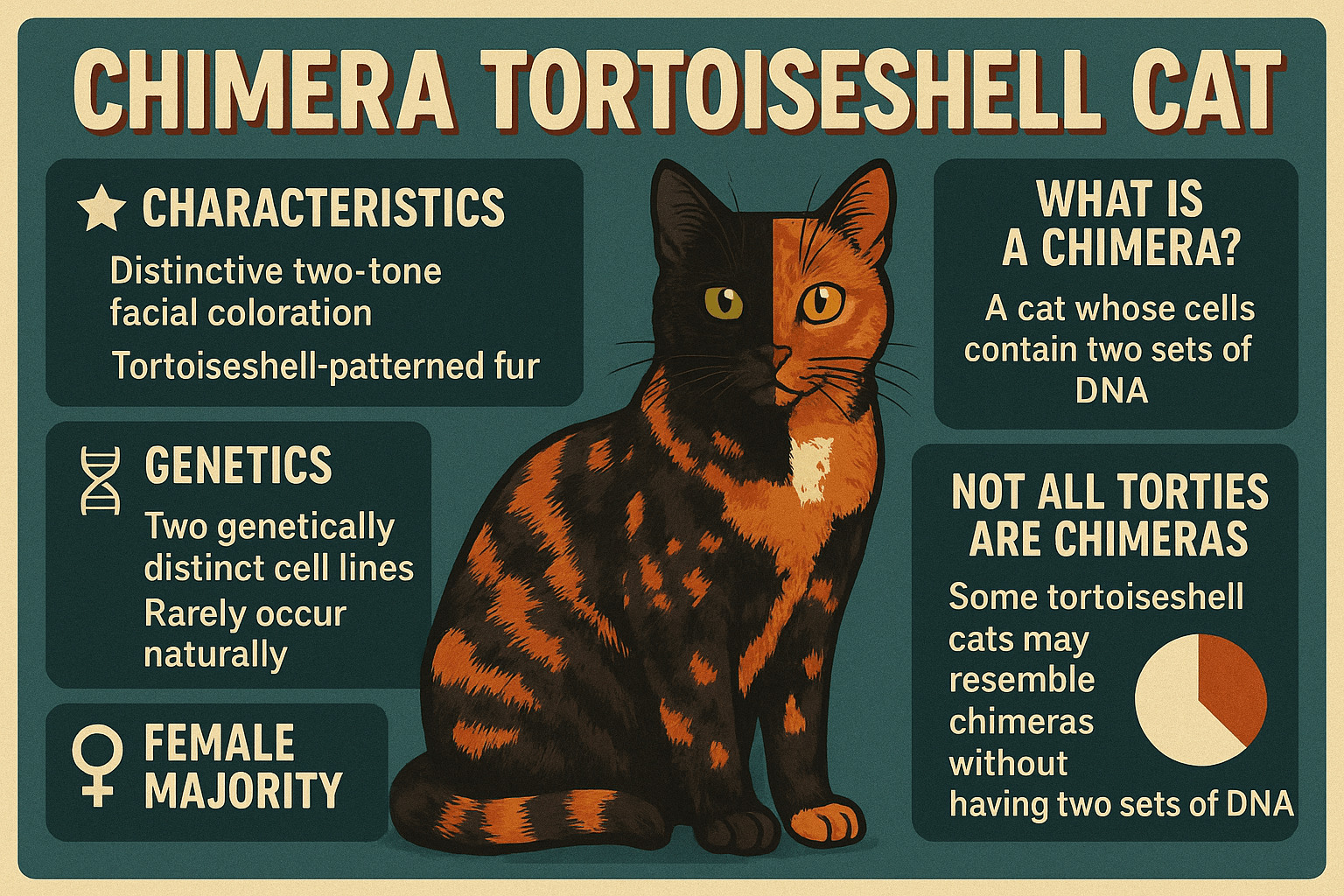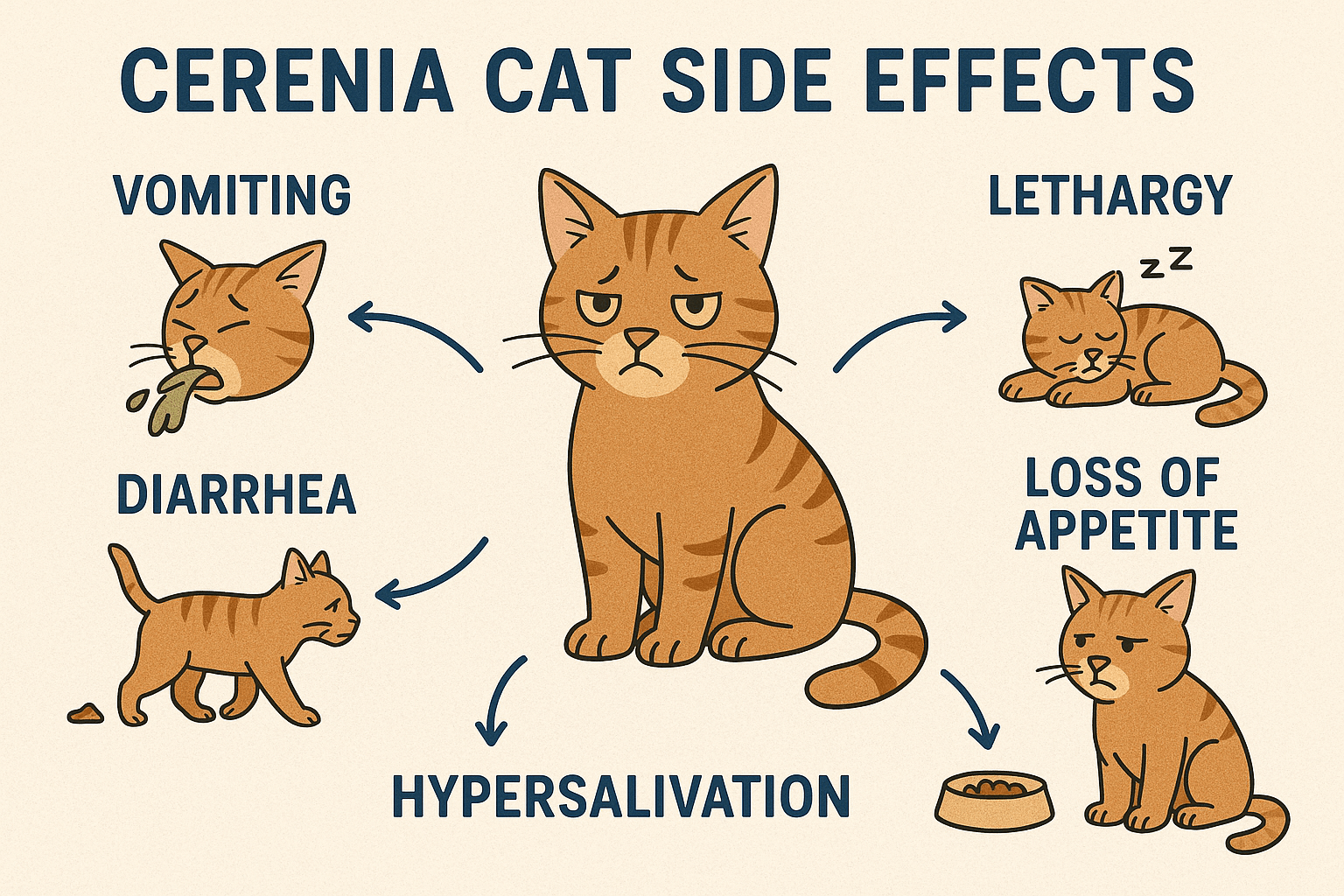How Should Cat Teeth Look? A Guide to Feline Dental Health
A cat’s teeth are not just tools for eating—they’re a window into their overall health. Understanding what healthy cat teeth look like is essential for ensuring your feline friend stays happy and comfortable. From sharp incisors to strong molars, a cat’s dental structure is perfectly designed for their carnivorous lifestyle. However, dental issues in cats are more common than many pet owners realize, and they can lead to serious health problems if left untreated. In this blog post, we’ll explore the characteristics of healthy cat teeth, signs of dental problems, and tips for maintaining your cat’s oral hygiene. Let’s dive in and learn how to keep those pearly whites in top shape!
Characteristics of Healthy Cat Teeth
Healthy cat teeth have distinct features that make them well-suited for their natural diet. Knowing what to look for can help you identify potential issues early on. Here are the key characteristics of healthy cat teeth:
Clean and White Appearance
Healthy teeth should be free of discoloration, stains, or yellowing, which can indicate plaque buildup or decay.Sharp Edges
A cat’s teeth are naturally sharp, especially the canine teeth, which are used for gripping prey. Blunted or worn edges may signal excessive chewing or dental wear.No Visible Chips or Cracks
Healthy teeth should be intact without any chips, cracks, or fractures, which can expose sensitive nerves and lead to infections.Pink Gums
The gums surrounding the teeth should be a healthy pink color, not red, swollen, or bleeding, which can indicate gum disease.No Bad Breath
While cats don’t have minty-fresh breath, an overly foul odor can be a sign of dental problems like infections or periodontal disease.
If your cat’s teeth meet these criteria, chances are their dental health is in good shape. Regularly checking their mouth can help you catch issues before they escalate.
Signs of Dental Problems in Cats
Even with regular care, dental issues can still arise. Being able to recognize the signs of dental problems is crucial for early intervention. Here are some common indicators to watch for:
Yellow or Brown Tartar Buildup
Visible tartar on the teeth suggests poor oral hygiene and may require professional cleaning.Swollen or Bleeding Gums
Gums that appear inflamed, red, or bleed easily are often a sign of gingivitis or other gum diseases.Loose or Missing Teeth
Adult cats should have all their permanent teeth. Loose or missing teeth can indicate advanced dental disease.Excessive Drooling
Unusual drooling can be a sign of pain, infection, or discomfort in the mouth.Difficulty Eating
If your cat hesitates to eat, chews on one side, or drops food, it could be due to dental pain or discomfort.
Recognizing these signs early can prevent further complications and ensure your cat gets the care they need. Always consult your veterinarian if you notice any of these symptoms.
Check this guide 👉Understanding the Cost of Cat Dental Cleaning: Best 7 Tips!
Check this guide 👉How Many Teeth Do Cats Have? Best 7 Dental Tips!
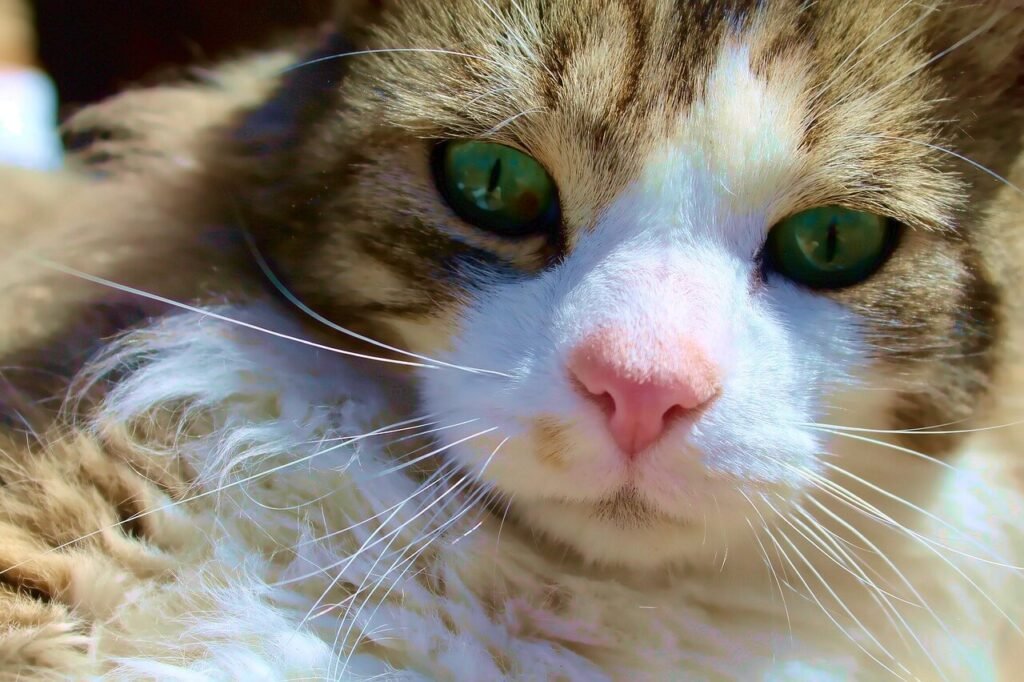
Signs of Healthy Cat Teeth | Signs of Dental Problems in Cats |
|---|---|
Clean and white appearance | Yellow or brown tartar buildup |
Sharp edges | Swollen or bleeding gums |
No visible chips or cracks | Loose or missing teeth |
Pink gums | Excessive drooling |
No bad breath | Difficulty eating |
Tips for Maintaining Your Cat’s Dental Health
Prevention is key when it comes to feline dental health. By incorporating these practices into your cat’s routine, you can help keep their teeth and gums in excellent condition:
Brush Their Teeth Regularly
Use a cat-specific toothbrush and toothpaste to gently clean their teeth 2-3 times a week.Provide Dental-Friendly Toys
Chew toys designed to reduce plaque can help keep their teeth clean while satisfying their natural urge to chew.Offer Dental Treats
Specialized treats formulated to promote oral health can reduce tartar buildup and freshen breath.Schedule Regular Vet Check-Ups
Annual dental exams by a veterinarian can catch issues early and ensure your cat’s teeth stay healthy.Monitor Their Diet
A balanced diet that supports dental health can prevent nutritional deficiencies that affect oral hygiene.
By following these tips, you can significantly reduce the risk of dental problems and keep your cat’s teeth looking and feeling great.
Common Dental Diseases in Cats and Their Symptoms
Dental diseases are a leading cause of discomfort and health issues in cats. Understanding the most common conditions can help you recognize and address them promptly. Here are some prevalent dental diseases and their symptoms:
Periodontal Disease
This inflammatory condition affects the gums and supporting structures of the teeth, often causing bad breath, bleeding gums, and loose teeth.Feline Gingivitis
Characterized by red, swollen gums, gingivitis is often caused by plaque buildup and can progress to more severe gum disease if untreated.Tooth Resorption
A painful condition where the tooth structure breaks down, leading to sensitivity, drooling, and difficulty eating.Oral Tumors
Growths in the mouth can cause swelling, difficulty eating, and bad breath, requiring immediate veterinary attention.Stomatitis
A severe inflammation of the mouth tissues, stomatitis causes extreme pain, drooling, and reluctance to eat.
Early detection and treatment of these conditions are vital for your cat’s comfort and overall health. Always seek professional advice if you suspect a problem.
Fun Facts About Cat Teeth
Cats’ teeth are fascinating and perfectly adapted to their hunting lifestyle. Learning some fun facts about their dental structure can deepen your appreciation for these remarkable predators. Here are a few intriguing tidbits:
Cats Have Fewer Teeth Than Dogs
While adult cats have 30 teeth, adult dogs typically have 42, reflecting their different dietary needs.Their Teeth Are Designed for Carnivory
The sharp canine teeth and serrated molars are ideal for tearing meat and crushing bones.Kittens Have Baby Teeth Too
Kittens are born toothless but develop 26 deciduous (baby) teeth by the time they’re six weeks old.Teeth Eruption Happens in Stages
Permanent teeth replace baby teeth between three and six months of age.No Flat Chewing Surfaces
Unlike humans, cats lack flat molars because they don’t chew their food—they slice it into smaller pieces instead.
These fun facts highlight the unique adaptations of feline teeth. Understanding their purpose helps us appreciate how well-suited cats are to their natural instincts.
Common Mistakes in Cat Dental Care
Even well-meaning pet owners can make mistakes when it comes to their cat’s dental health. Avoiding these pitfalls ensures your cat’s teeth stay strong and healthy. Here are some common errors to steer clear of:
Skipping Regular Brushing
Failing to brush your cat’s teeth regularly allows plaque to harden into tartar, leading to gum disease.Using Human Dental Products
Human toothpaste or tools can harm your cat’s sensitive mouth, so always use feline-specific products.Ignoring Signs of Pain
Assuming your cat is just “being picky” about food can delay treatment for painful dental issues.Neglecting Professional Cleanings
At-home care isn’t enough—professional cleanings are essential to remove stubborn tartar and prevent advanced disease.Overlooking Diet’s Role in Oral Health
Feeding only soft food without incorporating dry kibble or dental treats can contribute to plaque buildup.
By avoiding these mistakes, you set your cat up for long-term dental success. A proactive approach is key to maintaining their oral health.
How Nutrition Impacts Your Cat’s Teeth
Your cat’s diet plays a crucial role in their dental health. Feeding them the right foods can help reduce plaque buildup and support overall oral hygiene. Here are some ways nutrition influences their teeth:
Dry Food Reduces Plaque
Crunchy kibble helps scrape away plaque as your cat chews, promoting cleaner teeth.Wet Food Provides Hydration
While wet food doesn’t clean teeth as effectively, it keeps your cat hydrated, which supports saliva production—a natural defense against bacteria.Avoid Sugary Treats
Sugary snacks can lead to decay and should never be part of a cat’s diet.Specialized Dental Diets Exist
Some commercial diets are formulated with larger kibbles or specific textures to clean teeth while eating.Raw Diets Can Be Beneficial
A raw diet that includes bones may help keep teeth strong, though it must be balanced and safe to avoid risks like fractures.
Proper nutrition is an easy yet effective way to support your cat’s dental health. Always consult your vet before making significant changes to their diet.
Frequently Asked Questions About Cat Teeth
How many teeth do adult cats have?
Adult cats have 30 permanent teeth, including incisors, canines, premolars, and molars.
Why does my cat have bad breath?
Bad breath in cats can be caused by dental issues like plaque buildup, infections, or gum disease.
Can I use human toothpaste for my cat?
No, human toothpaste is toxic to cats. Always use toothpaste specifically designed for felines.
How often should I check my cat’s teeth?
You should check your cat’s teeth at least once a month for signs of dental problems.
What should I do if my cat has a broken tooth?
Schedule an appointment with your veterinarian immediately, as broken teeth can lead to infections or pain.
Prioritizing Your Cat’s Dental Health
Your cat’s teeth play a vital role in their overall well-being, and keeping them healthy is one of the best things you can do as a pet owner. By understanding what healthy cat teeth look like, recognizing signs of trouble, and implementing preventive care, you can ensure your feline companion enjoys a lifetime of comfort and happiness. Remember, regular check-ups and a little extra attention to their oral hygiene can go a long way in preventing costly and painful dental issues. With love, patience, and proper care, you can give your cat the gift of a healthy smile—and a healthier life.
Why Are Cats So Warm? If you’ve ever cuddled up with a cat, you’ve likely noticed how warm they feel against …
Tortoiseshell Manx Cat: Best 7 Expert Tips! Discover expert advice on caring for this unique breed, from health and grooming to personality insights. Perfect for cat lovers!
Chimera Tortoiseshell Cat: Best 7 Expert Tips! Discover the unique traits, care needs, and fascinating facts about chimera tortoiseshell cats to better understand these rare feline wonders.
Cerenia Cat Side Effects: Best 7 Expert Tips! Discover expert advice on managing Cerenia side effects, ensuring your cat’s safety, and promoting a smooth recovery with practical tips.

